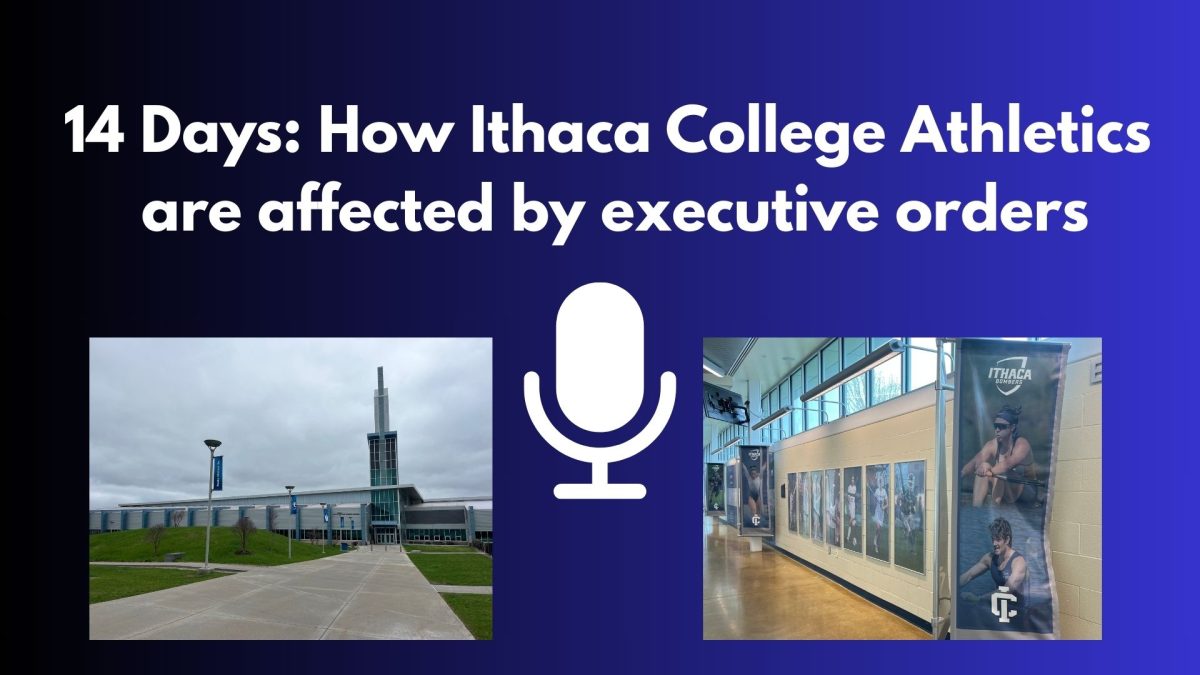As the new season takes hold and featured menu items change, local residents may have to wait longer for locally-sourced seasonal crops due to a longer, more standard winter compared to last year’s. However spring food such as spinach, greens, carrots, root crops and other vegetables are anticipated to be sweeter and of higher quality.
“This spring is almost the complete opposite in terms of weather compared to last spring,” said Chaw Chang, who works at Stick and Stone Farm, a certified organic vegetable farm in Ulysses that supplies Wegmans, GreenStar Natural Foods Market and other local restaurants and food outlets. “Last spring on March 10, we were plowing. It was very warm and it was incredibly dry.”
“The greens that we have in the springtime actually taste better in cooler weather,” said Chang, even though consumers will have to wait longer for the harvest to mature. “They’re grown for that kind of weather, so the cooler the weather, we have the sweeter the vegetables tend to be.”
Silas Conroy, the owner and operator of the Crooked Carrot – a community-supported kitchen that relies on locally-sourced agriculture all within 30 miles away – says despite the later timeframe for harvesting the lighter, fresher ingredient that they shift to in the spring, such as greens and herbs, the wait should be worthwhile.
“Short term it might mean that for this year we’re not going to have crops as early,” he said. “But because of that (precipitation) recharge and the hard winter breaking up pest and disease cycles, we have a chance at having a lot higher quality crops this year.”
“As a vegetable farmer I like the cold weather because it helps control pests and the snow actually acts as a fertilizer and also keeps the ground moist,” Chang adds, noting the moniker many give to snow as “poor man’s fertilizer” for the important nutrients, like nitrogen, it delivers to plants and soil.
The winter weather can also affect the fall harvest, as the planting fall crops in the spring cannot take place until the temperature has declined and the ground has softened, meaning that residents may have to wait longer for local fall produce because of the colder winter.
However, unusually warm winter weather can also cause havoc for fall and summer crops, according to Chang, resulting in a widespread crop failure at many local fruit farms.
“(Last year) was an incredibly warm and dry winter as well,” he said. “And that started a lot of perennial crops; they got going a lot earlier than they should have and then there was a cold spell, which killed a lot of those flower buds and leaf shoots.”
The 2011-12 winter was in fact New York’s second warmest winter ever and included the state’s warmest February in history, with an average temperature of more than 40 degrees, compared to the average high of just below 30 degrees for Ithaca in February 2013. The low levels of snow also resulted in decreased water tables and affected irrigation.
“The precipitation over the winter actually recharges our ground water,” Conroy said. “You remember last summer we had one of the worst droughts in recent history and that was mainly because we didn’t have that snowfall over winter. This winter we had a lot more precipitation so we should be doing a lot better in that regard.”







